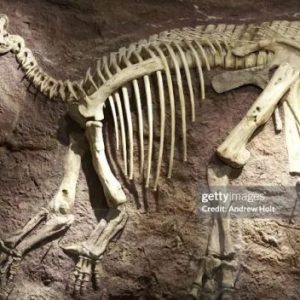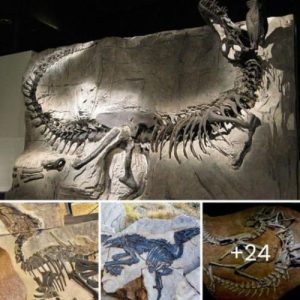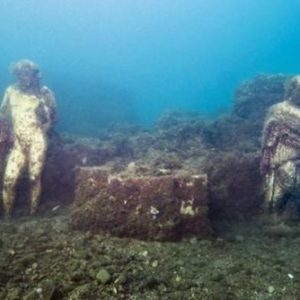
The earth’s history is like a puzzle, with each fossil discovery offering a piece of the past that gradually reveals the grand picture of prehistoric life. One such remarkable piece of this puzzle comes from the Late Cretaceous period of Mongolia, where paleontologists have unearthed the remains of Talarurus.
This enigmatic dinosaur, although not as famous as the Tyrannosaurus rex or Triceratops, is a crucial find in understanding the biodiversity and evolution of late Cretaceous giants. In this article, we delve into the world of Talarurus, exploring its significance and the insights it provides into the ancient past.
Talarurus: The Late Cretaceous Giant
Talarurus, pronounced as “Tah-lah-roo-rus,” is a genus of ankylosaurid dinosaur that roamed the Earth around 75 million years ago, during the Late Cretaceous period. It belonged to the subgroup of armored dinosaurs known as ankylosaurs, characterized by their thick bony plates and protective spikes.
The name Talarurus, derived from the Latin words “tala” meaning “wicker basket” and “rurus” meaning “tailed,” alludes to the peculiar structure of this dinosaur’s tail. It was first described by the renowned paleontologist Evgeny Maleev in 1952, making it one of the earlier discovered ankylosaurs.
Physical Characteristics
Talarurus was a herbivorous dinosaur with a distinctive appearance. It possessed a wide, low-slung body covered in bony plates and armor, providing protection against predators. These plates were not only for defense but also helped regulate the dinosaur’s body temperature. Moreover, it had a tail that was unique among ankylosaurs. Instead of the typical club-like tail seen in other members of its group, Talarurus sported a tapering, flexible tail with spikes at the end, making it a formidable weapon against potential threats.

Talarurus is estimated to have reached a length of about 13 to 16 feet and would have weighed approximately 2-3 tons, making it a medium-sized dinosaur of its time. Its broad, toothless beak was adapted for cropping vegetation, suggesting a herbivorous diet mainly consisting of plants.
The Mongolian Connection
Talarurus fossils were discovered in the Nemegt Formation of the Gobi Desert in Mongolia. This region has proven to be a treasure trove for paleontologists due to its rich deposits of Late Cretaceous fossils. The discovery of Talarurus fossils in this area has not only expanded our understanding of the diversity of ankylosaurids but has also provided valuable information about the ecosystems of ancient Mongolia.
The Significance of Talarurus
Talarurus holds a special place in the field of paleontology for several reasons:
Tail Adaptations: Its unique tail, with a flexible structure and lethal spikes, has drawn significant attention. This adaptation likely served multiple purposes, including defense against predators and potentially intraspecific combat.

Taxonomic Insights: Talarurus is one of the relatively early discoveries among ankylosaurids, and its classification has evolved as more information becomes available. The study of Talarurus helps refine our understanding of the phylogeny and evolutionary history of these armored dinosaurs.
Ecosystem Context: Talarurus fossils found in the Nemegt Formation shed light on the Late Cretaceous ecosystems in Mongolia. By understanding the environments in which Talarurus lived, researchers can reconstruct the interactions between various species and gain a more comprehensive view of ancient biodiversity.
Mongolian Paleontology: Mongolia’s contribution to paleontology cannot be overstated. The consistent discoveries in this region continue to unveil new species and deepen our understanding of prehistoric life. Talarurus is a testament to the significance of Mongolia in the world of dinosaur research.
The discovery of Talarurus fossils in the Late Cretaceous deposits of Mongolia is another testament to the ever-evolving field of paleontology. While not as famous as some of its dinosaur contemporaries, Talarurus offers a unique glimpse into the world of armored dinosaurs and the ancient ecosystems they inhabited.
Its distinctive tail, the rich history of discovery, and the insight it provides into the Late Cretaceous make Talarurus a valuable addition to the ever-expanding puzzle of Earth’s prehistoric past. As paleontologists continue to uncover the secrets of Talarurus, it is clear that there are many more stories from the ancient world yet to be told.
In the end, Talarurus reminds us that every fossil unearthed is a piece of history, a gateway to a world that existed millions of years ago, waiting to be explored and understood by those who dare to piece together the puzzle of life on Earth.






